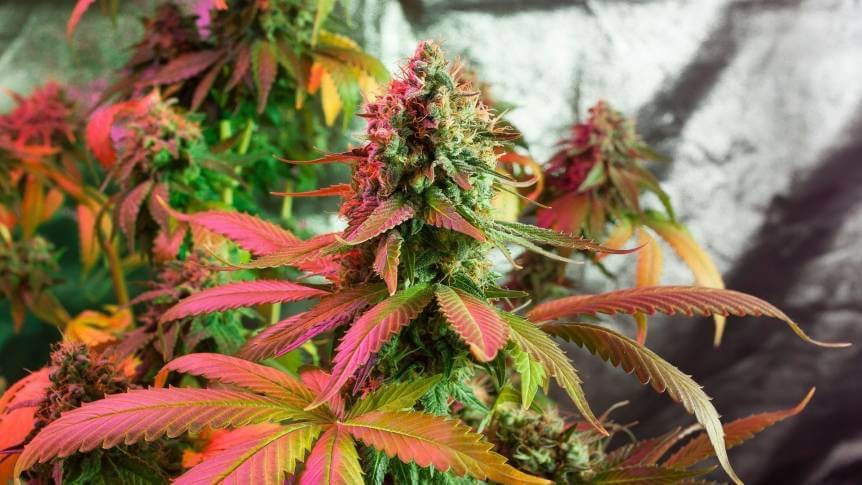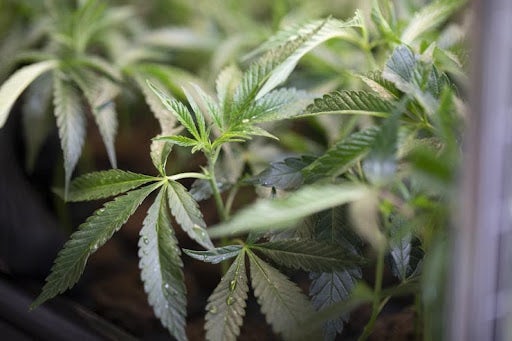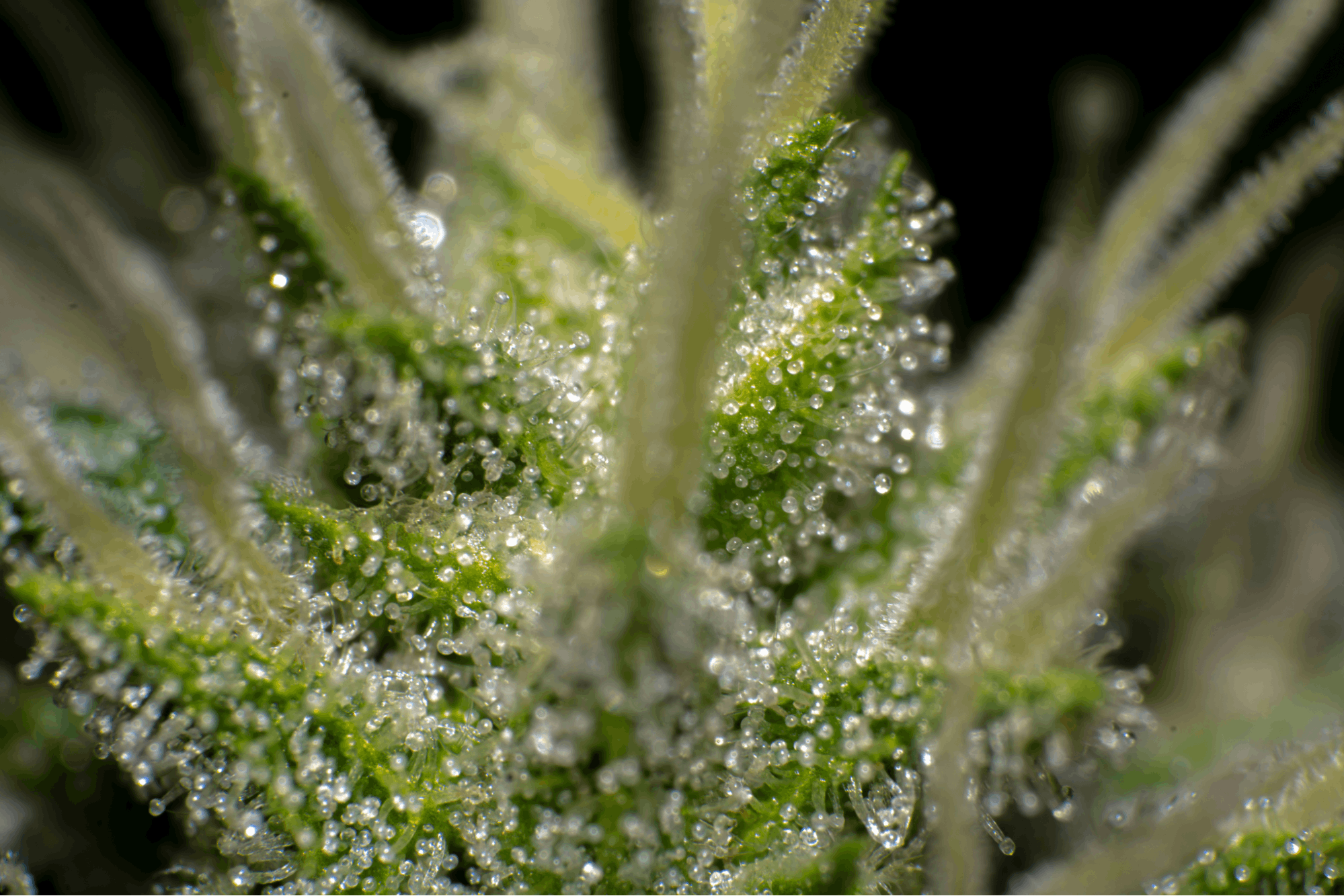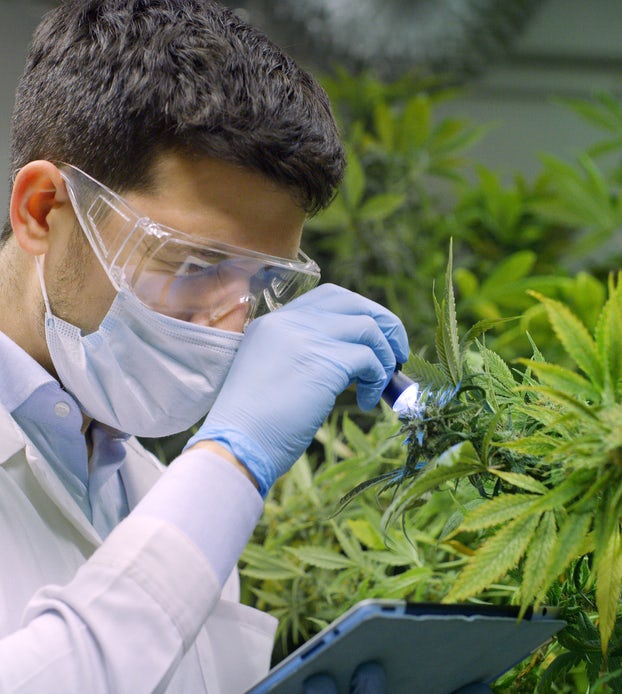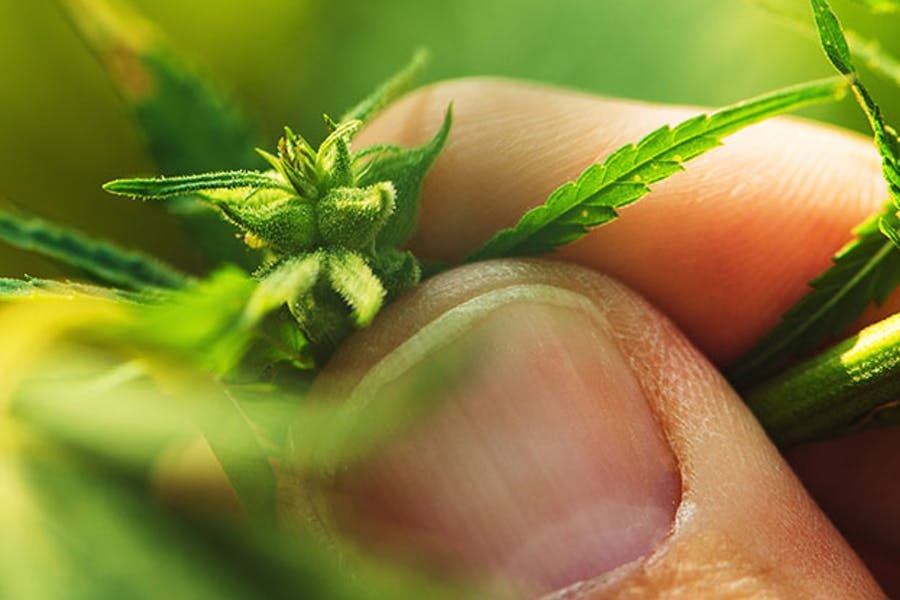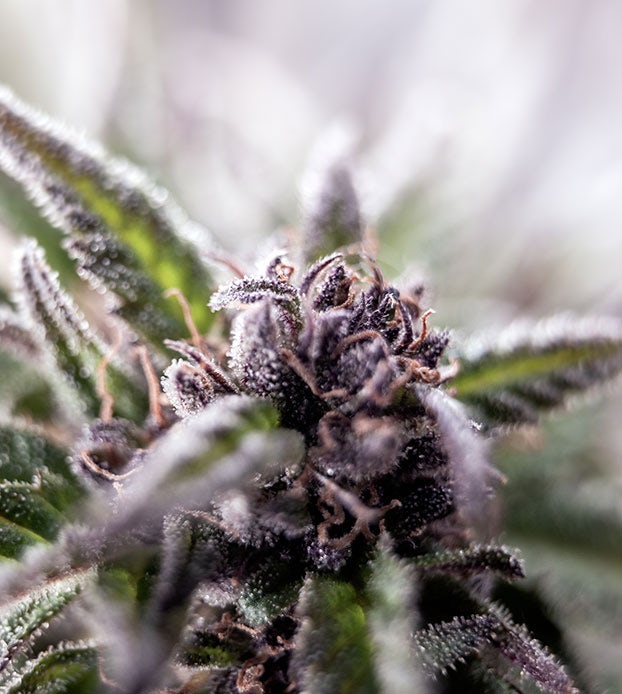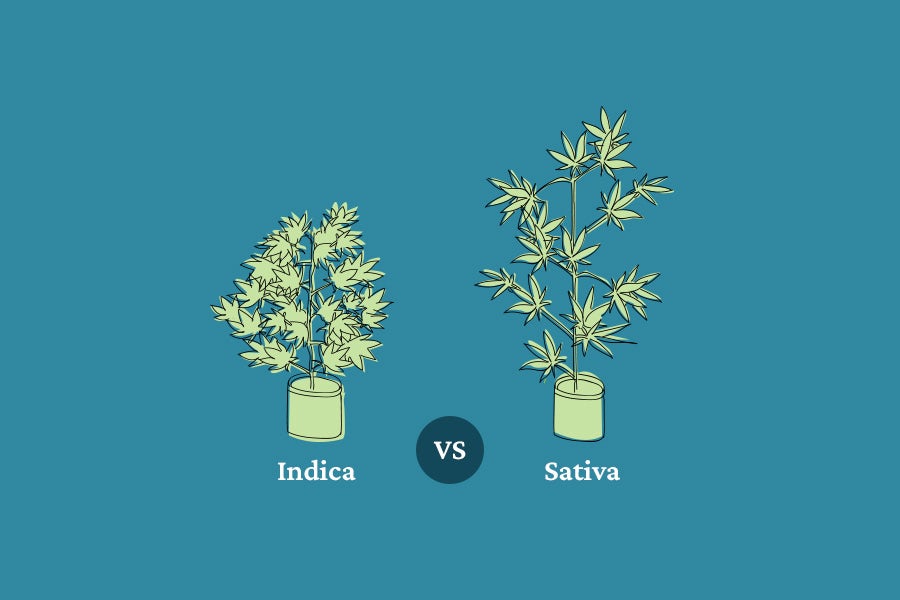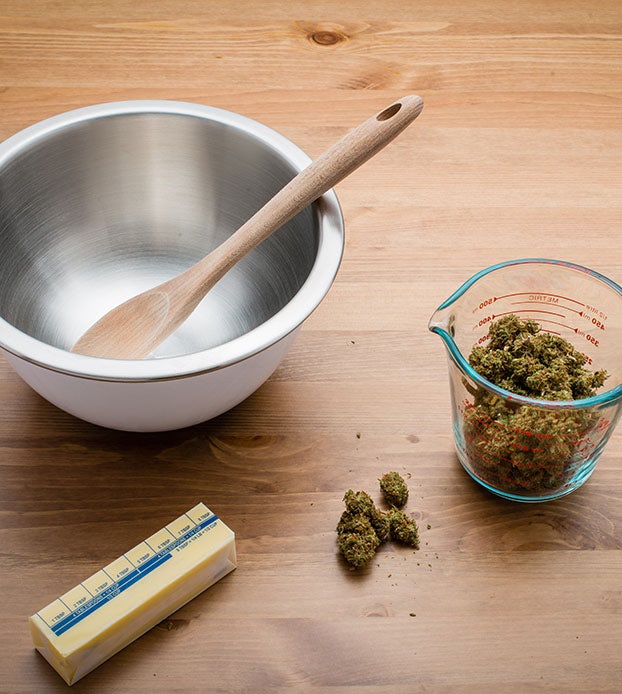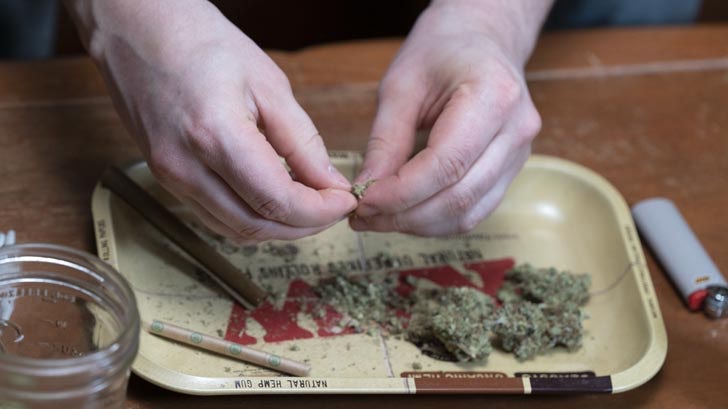First, let’s clear up that slang you heard at a party when someone was referencing their weed with terms like the “Sweet Dro’”, or “Hydro weed” and tackle the question: “What does hydroponic mean?”
The term hydroponic comes from the Latin words ‘water’ and ‘working’; so, the term directly references the grow method used for that specific cannabis plant. Simply put, hydroponics is the technique of growing a plant in water. This means that instead of growing a plant in soil (in a field, pot or flowerbed), the hydroponic system works by growing plants in an inert medium, such as coco coir, vermiculite, or rice hulls, to which is added a liquid nutrient solution containing a mix of essential elements needed for optimal plant growth and development. 1
In some hydroponic systems (as detailed below), plants can also be grown in the nutrient solution itself by submerging the roots in either a flowing or static water culture. This is a common grow method for both individual and commercial growers and can be used for plants or produce like lettuce, radishes, berries and herbs.
Hydroponic grow systems vs growing in soil
One of the best answers to that question is that hydroponic farming has the potential to mitigate threats posed to our agricultural system. As an individual though, when considering a hydroponic grow system there are two main factors that should be considered:
- Location needs to be considered as growing indoors, in a greenhouse or outdoors will help determine which grow method you should use. With indoor setups you should also consider the effect that the water and moisture could have balanced against the weight of working with soil. Are you moving heavy materials up flights of stairs? Would a leak destroy your home?
- Space is an important consideration because a plant in soil typically requires a larger grow area than growing in a hydroponic setup. Less space requirements is what made hydroponic setups the favored grow technique for illicit or illegal operators growing indoors.
Typically we find hydroponic setups in greenhouses or indoors, while soil is more commonly used for outdoor and greenhouse grows. There are many benefits to growing with hydro systems, but there are also some drawbacks. The main benefits of cultivating with a hydroponic grow system are:
Pros of a hydroponic system
- No soil = less space
This means cannabis can be grown in infertile regions, on rooftops or in your basement - Reduce water waste
With soil grows you tend to lose a good percentage of everything you add down through the soil or even to other plants and weeds. With hydroponic systems the water is collected and cycled back into the plant with added nutrients, drastically reducing water waste. Hydroponic farming is more water efficient than soil farming by reducing water-loss due to evaporation and drainage (run-off), and by obtaining faster plant growth and more yield with the same amount of water. 2 - More control of environmental factors
No matter the method that you are using to grow it is important to closely monitor the nutrients, temperature and pH levels (acidity) to which the roots are exposed. With hydro setups you get direct access to the root system and control the temperature, oxygen and nutrients in the water, ensuring the plants get everything they need to thrive. - No need for pesticides
Since hydroponic systems are soil-free, hydroponically farmed plants can be isolated from environments where pests or weeds are present, drastically reducing the need for pesticides. Even when using soil as a grow medium you are exposing your plants to possible weeds that could be in the soil. 3
Cons of a hydroponic system
Initial costs
The initial start-up cost of a hydroponic indoor grow is much higher than the cost of working with soil in flower beds or pots. For smaller home setups, a period of research time is required to select the most suitable design, and for larger scale operations, the design process may even involve hiring an irrigation consultant. Equipment costs vary depending on the chosen system but typically include a pump, a nutrient reservoir, and materials for creating the channels and gullies such as plastic piping, hoses, metal framing, drip-feeders and benches.
A suitable grow room may need to be purchased and constructed, such as a grow tent or greenhouse. Depending on the size, the construction of a grow room may even involve hiring labor.
Finally, the purchase of the growing medium, nutrients, and monitoring equipment (e.g. pH meter, humidity and temperature monitors) round out this overall expensive undertaking. However, the cost efficiency of a hydroponic setup in producing higher yields with less input makes up for the large initial costs over time. 4
Moisture
The moisture that is emitted from a hydroponic grow can be detrimental to the room or green house in which the tent is situated. The moisture also increases the potential mold and mildew on your plants, so this needs to be addressed in your initial setup.
Disease spread
A hydroponic system requires a close, watchful eye looking for and able to act quickly on resolving any issues that come up. If mold, mildew, disease or pests do become a problem, the spread through the plants is much more rapid due to the close proximity of all of the plants. With soil grows, the plants are spaced further apart and the soil acts as a buffer, so there is usually a grace period between when an issue arises and that particular issue decimating your entire crop.
Complexity
Hydroponics must be grown indoors, and the entire setup can get pretty involved. Skill and knowledge are needed to operate the system properly. It’s not rocket science, but you do need to be willing to work with and maintain equipment for your hydro grow.
Different types of hydroponic systems
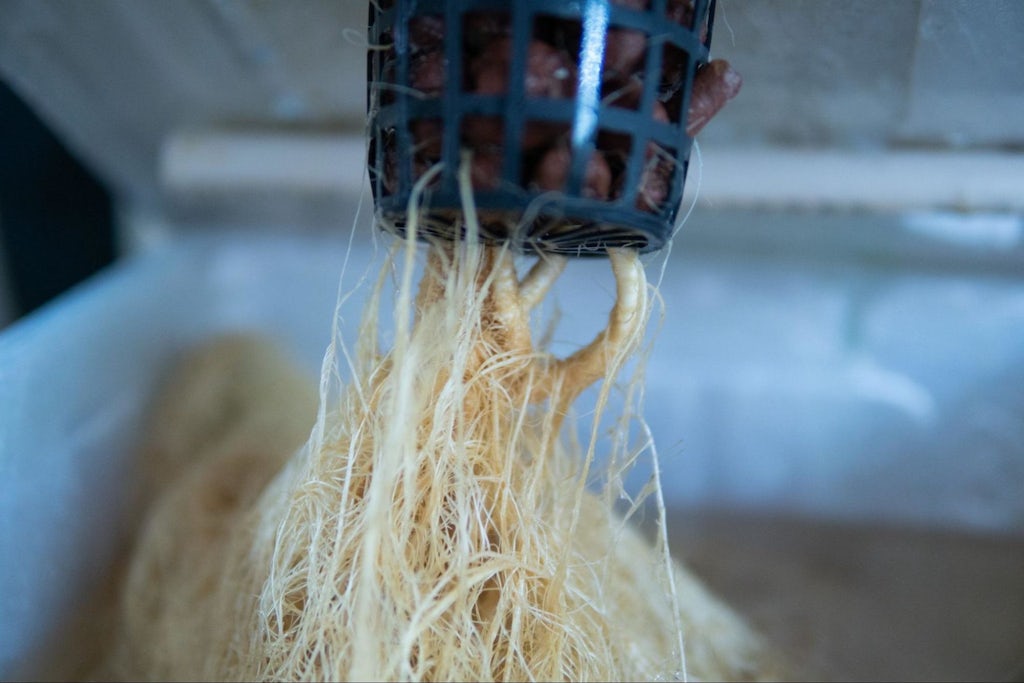
There are quite a few different hydroponic grow systems, some are better suited for beginners:
The Ebb and Flow system repeatedly floods the plant bed, then drains it. The plants all sit in the grow area, and nutrient-rich water is pumped into the basin below the grow area, flooding the lower root portion of that area. Then after some time the basin is completely drained of the water. The timing of this flood action is dependent on factors such as the type and number of plants that you are growing, the grow area, and on the crop’s expected root size.
The Deep Water system, or ‘deep water culture,’ is a method used for larger plants with bigger root systems. The plants sit above a large basin of water, leaving a gap of air between the top of the root and the part of the root that is submerged in water. Air is pumped into the water and rises up into the area between the plant and the water, eventually escaping after working its way up, through the plant’s growth medium. With this method the plants have a constant supply of both oxygen and nutrients. As a result the root needs less growth and the fruit-bearing part of the plant can grow larger and faster.
The Wick system is a simple and passive system that does not require any electrical components to the setup. The plants sit in their medium and a wick runs from the plant’s root system down into the water tank below. With an absorbent medium the water slowly travels up the wick and into the plant’s base. This is a popular system to set up among a first-time hydroponic grower because it has the lowest material costs and is very simple.
The Top Feed or Irrigation Drip system has a slightly more expensive setup cost, but is one of the easiest systems to set up and implement for indoor grows. This system is considered an ‘active’ hydroponic system, as it’s continually moving the water through the system. The plants sit in their medium above a water reserve, that reserve has a nutrient mix and air pumped into it. Water is then cycled up, out of the tank and slowly dripped into each individual plant through drip lines. The water works its way down, through the medium and the root structure and then drips back down into the reservoir.
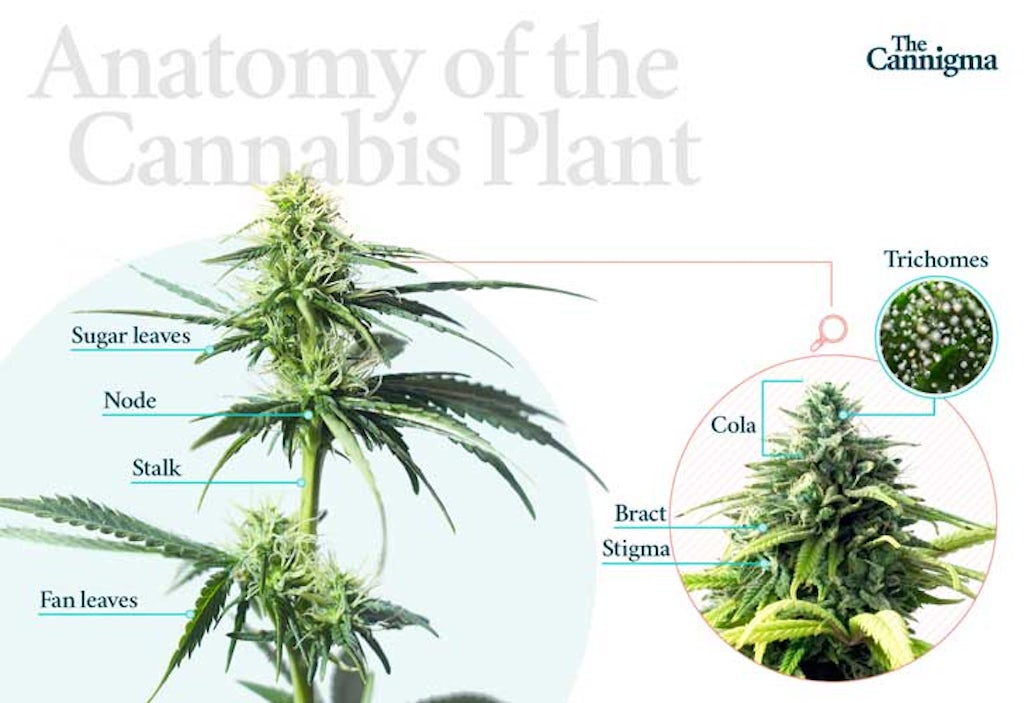
These are all good choices for beginners, while other hydroponic grow methods are better suited to more experienced growers:
The Aeroponics system is a complex system that has the plants sitting above a body of water, though the roots are exposed to air and not submerged in water. Instead the roots are continually sprayed with the nutrient-rich water. With an experienced grower this method can have the most control over how the plant will turn out.
The Nutrient Film technique involves cycling the water from a reservoir through a plant’s roots, similar to the Drip irrigation system. The nutrient-rich water flows through shallow channels formed out of thin film plastic under the plants. As a result, the plant’s roots are sitting within that constant flow of water. This waterflow moves downwards and is recirculated back to the top of the channel. Being able to reuse the water and nutrient mix in this way makes this a very popular as it is and very efficient for a home hydroponic grow technique.
There are also more complex variations on hydroponic grow methods, including Aquaponics – a hydroponic method of growing that includes running water through a school of fish, using the fish as a method to create your own nutrient rich water. 5
Choosing a growing medium
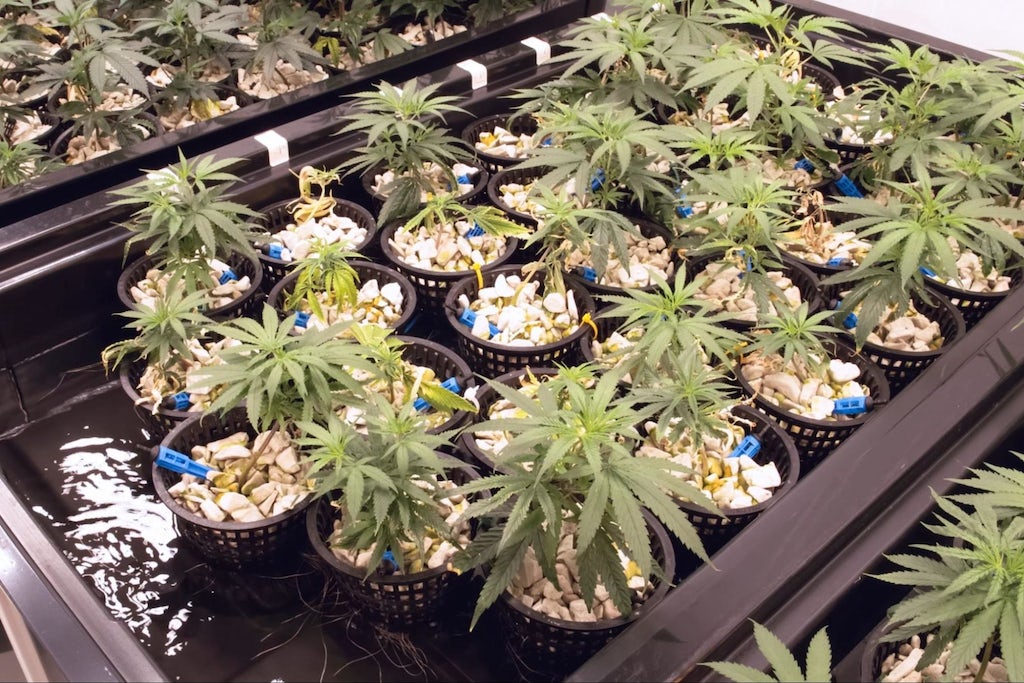
When looking at hydroponic cannabis grow methods, you have to also consider what medium that you will be growing in. Though soil is removed from the process of cultivation, the plant still needs material to grow in – referred to as media or medium – to provide structure and support to the roots, holding the plant in place.
While providing structural aid to the plant, the medium has to also provide enough aeration and porosity and capillary action, ensuring that the roots get the appropriate levels of oxygen and nutrition. An ideal substrate for use in hydroponics must be chemically and biologically inert, meaning that it doesn’t consist of materials that may react with the nutrient solution, start to degrade, or contain microorganisms that could contaminate the nutrient solution. 6
An inert medium does not readily degrade or contribute significant nutrition to the plant nor does it significantly interact chemically or biologically with the nutrient solution. The grow conditions, environment, hydroponic method used, the type of plant that is being grown, number of plants and the price are all factors that will determine what medium that should be used for a specific crop. Multiple mediums can be combined to get the best results.
Here are some examples of the most common mediums used in Hydroponic grows.
Rockwool is made from melted rock that is melted and pressed into fibers, spun into strands and pressed together. It is quite effective in housing plants and is known for having great air and water retention. The main drawbacks to using this medium is the high PH level and it not being an environmentally friendly product.
Expanded clay is usually in pellet form and is often referred to as Leca. This small pebble-like material is great for balancing providing the roots with oxygen. It also boasts a neutral pH level, and is reusable. Beyond the clay material not being great at retaining water, the main drawbacks of expanded clay is that it’s heavier and more expensive than other mediums.
Perlite is a growing medium used commonly as it is known for its ability to allow for airflow around a plants root system. An inexpensive and lightweight material, perlite is great for the Wick system or other calm hydro setups, but less suited to systems that call for heavier flowing water. Often perlite will be mixed with other mediums, such as vermiculite. The main drawback of this medium is dust that comes off of it, so protect your airways and work with the material wet to avoid inhaling that dust.
Vermiculite is another pebble-like growing medium though it is non-toxic. It boasts the ability to retain water and minerals very well. Being so good at retaining water, vermiculite puts your plants at risk of drowning. This is why vermiculite is often paired with other, oxygen retentive mediums like perlite.
Peat moss is something we would typically associate with outdoor growing but it is a great material when used in hydroponic grow setups. A lightweight, organic and durable material, peat moss is great at retaining moisture and nutrients. Inexpensive and easy to source, peat moss is usually paired with mediums that are good at creating airflow. The major downside of this medium is that, though it is organically grown material, it is not considered renewable because of the long process of decomposition that leads to the creation of peat moss.
Sand is a common medium used for hydroponic grows as a starting material. The upside of this medium is that it is usually free, or very inexpensive. Sand retains water well but doesn’t retain oxygen, so it needs to be mixed with other mediums to be effective. It is also heavy and tends to get into the piping and hydro systems potentially blocking a pump or causing other issues to the system.
Gravel is very effective for certain systems like Ebb and Flow system. It’s endlessly reusable, cheap and easy to source, great for creating air circulation, but terrible at retaining water, creating a risk of drying out the plant’s roots. Gravel is also very heavy, making this the least ideal when considering the weight of materials.
Air is also a growing medium that allows for the plant to be grown hanging, without a solid material being used to hold the plant in place beyond mesh or string. A system of airflow and water sprays with nutrients provide the plant with everything it needs along with an overabundance of oxygen. The issue here, and this is bridging into Aeroponics, is that air as a medium requires a fully automated system, which is expensive. Also, if there are issues with the system or the plants that go unnoticed, like a power outage, the plants will die very quickly, compared to any other medium that has water retention or a non-automated system.
Common mistakes with hydroponic setups
There are a number of common errors that beginners make when setting up and implementing a hydroponic grow system:
Not paying attention to pH levels
Monitoring and controlling the acidity of the grow medium is very important. This takes time to get used to, but once you are in the practice of regularly checking pH levels, and you know how to raise or lower them, the rest of the job gets easier.
Overcrowding the plants
With hydroponic systems the plants can be very close to one another, even more so with vertical grow setups. They still need space to grow, though, and a common beginner mistake is in growing too many plants too close together.
Using the wrong nutrients for the specific crop
Plants need access to certain nutrients such as nitrogen, phosphorus and potassium, and the proper mix depends on the plant that you are growing. Ensuring that you have the appropriate nutrients for cannabis development is important, with companies offering nutrient packages designed specifically for aiding the growth of cannabis.
System leaks
With a water-based grow method there is always a risk of leaks in the system. A small crack in a tube or a split waterbed can be detrimental to the area that you are growing in. As a new hydroponic grower it’s important to plan for leakages, and ensure that there is drainage available in your grow area – especially in an indoor grow room.
Keeping the grow environment consistent
Airflow, temperature and lighting are all necessary in a plant’s health and it is important to monitor and maintain consistency in these areas. Remember that the environmental factors impacting the plants are imperative to a successful crop.
Lighting issues
The type of lighting system that you use or how long, and when, the plants are exposed to that light will directly affect the growth. If you are new to growing, read up on the different lighting systems and methods used for the specific plants that you are growing.
Hydroponic grows are very effective and as much as there is to learn, hopefully this article was a good first step in how the hydro systems work. Don’t be overwhelmed or discouraged in getting into growing. As much as there are huge commercial facilities running huge, expensive hydroponic grow setups – there are also endless resources (places like YouTube) that are filled with information on how to create effective, small-scale, inexpensive grow systems.
Sources
- Resh HM (2022) Hydroponic food production: a definitive guidebook for the advanced home gardener and the commercial hydroponic grower. CRC press
- Khan S, Purohit A, Vadsaria N (2020) Hydroponics: Current and future state of the art in farming. Journal of Plant Nutrition 44: 1515-1538
- Swain, A., Chatterjee, S., & Vishwanath, M. (2021). Hydroponics in vegetable crops: A review. The Pharma Innovation Journal, 10(6), 629-634.
- Resh HM (2022) Hydroponic food production: a definitive guidebook for the advanced home gardener and the commercial hydroponic grower. CRC press
- Swain, A., Chatterjee, S., & Vishwanath, M. (2021). Hydroponics in vegetable crops: A review. The Pharma Innovation Journal, 10(6), 629-634.
- Velazquez-Gonzalez RS, Garcia-Garcia AL, Ventura-Zapata E, Barceinas-Sanchez JDO, Sosa-Savedra JC (2022) A Review on Hydroponics and the Technologies Associated for Medium- and Small-Scale Operations. Agriculture 12: 646
Sign up for bi-weekly updates, packed full of cannabis education, recipes, and tips. Your inbox will love it.

 Shop
Shop Support
Support